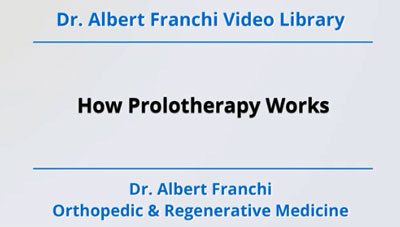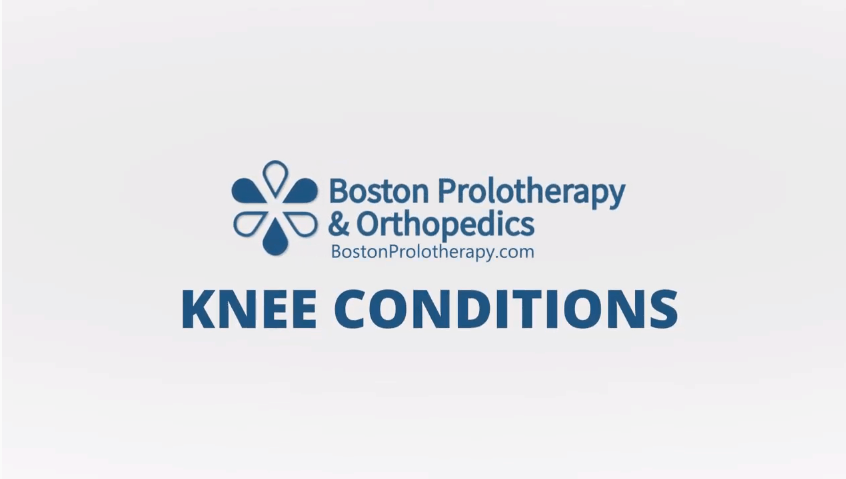 A fully-functional hipbone enables you to move about and perform your daily activities. Mild or chronic hip pain can interfere with routine tasks like getting out of the car and walking down the stairs. Keep reading to discover the causes of hip pain.
A fully-functional hipbone enables you to move about and perform your daily activities. Mild or chronic hip pain can interfere with routine tasks like getting out of the car and walking down the stairs. Keep reading to discover the causes of hip pain.
Anatomy of the Hip Joint
The hip joint consists of two bones: the pelvis and thighbone or femur. It is a ball and socket joint, as the head of the femur sits in a socket area (acetabulum) inside the pelvis.
The hip articular cartilage reduces friction between the bones, while the synovial membrane provides fluid for lubrication. There are ligaments surrounding the hip joint that link the femur to the pelvis. Other parts of the joint include muscles, tendons, bursae, arteries, and veins.
Since the hip joint bears a lot of weight, it is vulnerable to wear and tear. With age, the muscles, tendons, and cartilage can become damaged, or bones can break from injury.
Causes of Hip Pain
Some conditions that cause hip pain include:
Osteoarthritis
Osteoarthritis describes age-related cartilage breakdown that is common in weight-bearing joints. The pain may be dull or intense. It often improves with rest and worsens with movement. In addition to pain, osteoarthritis leads to stiffness and reduced range of motion. You may struggle to complete simple tasks like tying your shoe.
Bursitis
Bursae are liquid-filled sacs that reduce friction when bones, tendons, and muscles rub together. Inflammation of the bursae causes pain that occurs even as you rest. Repetitive activities that irritate the hip joint are the major cause of bursitis. This is more common in women.
Hip Fracture
Osteoporosis, cancer, and other conditions make the hip bone brittle and weak. People with brittle bones are more likely to break a hip after a fall or direct blow. Stress fracture is another risk factor, especially among female athletes with bone weakening, menstrual irregularities, and eating disorders. Hip fractures cause severe hip pain and may result in complications like a blood clot in the leg.
Tendinitis
When the tendons attaching bones to muscles become irritated or inflamed, pain and swelling occur. Tendons lose elasticity with age, but tendinitis also results from overuse, lack of stretching, or injury.
Hip Labral Tear
The hip labrum is a ring of flexible cartilage that follows the outside rim of the hip socket. It maintains alignment between the ball and socket and promotes the hip’s range of motion. Hip labral tears are common among athletes who perform twisting movements.
Symptoms
Hip pain may come suddenly, or you may feel a day-to-day dull ache. Often, hip pain is accompanied by a reduced range of motion or limping. The pain may get worse with activity, or it may persist as you rest. You may also feel discomfort in your groin, buttocks, or thigh.
Diagnosis
Your health practitioner will ask about the movements that worsen the pain and observe you in motion. Describe how the hip pain started and how it interferes with daily activities. Imaging tests like MRI scans, X-rays, and CT scans will show the problems with the soft tissues in the hip.
How Prolotherapy Can Help
Consider prolotherapy if your hip does not get better with rest, ice and heat therapy, and medications. Prolotherapy describes the injection of an irritant solution that causes an inflammatory response to stimulate healing. The treatment strengthens worn ligaments and tendons, reduces pain, and promotes joint stability.
Hip pain is mainly caused by degenerative conditions like labral tears, arthritis, and bursitis. Prolotherapy is effective in treating hip pain because it addresses ligament laxity and hip instability.

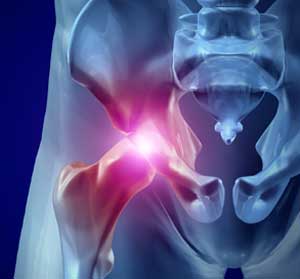
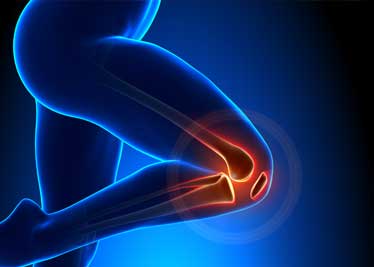
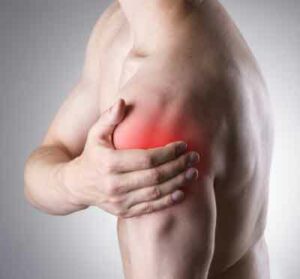 Your shoulders are among the body’s most flexible joints. They allow you to brush your hair, reach for things, pull your kid’s wagon, and drive to work. Acute shoulder pain can make these simple tasks seem momentous.
Your shoulders are among the body’s most flexible joints. They allow you to brush your hair, reach for things, pull your kid’s wagon, and drive to work. Acute shoulder pain can make these simple tasks seem momentous.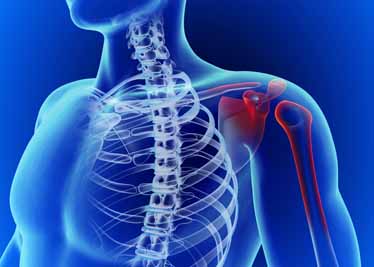 The shoulder and upper arms are some of the most used parts of the body, and injuries can interfere with everyday tasks such as driving, carrying groceries, and picking up your children and grandchildren. If you suffer from shoulder arthritis, you are likely trying to find quick relief, especially if the pain is progressing in intensity.
The shoulder and upper arms are some of the most used parts of the body, and injuries can interfere with everyday tasks such as driving, carrying groceries, and picking up your children and grandchildren. If you suffer from shoulder arthritis, you are likely trying to find quick relief, especially if the pain is progressing in intensity.
